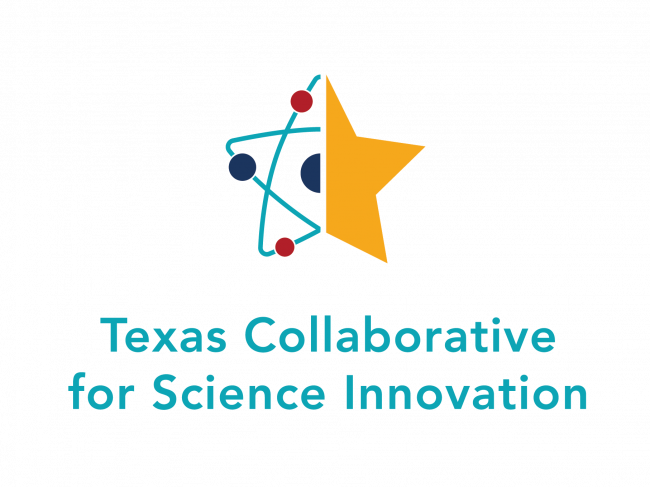The term a “perfect storm” is used for describing a uniquely violent storm produced by a rare clash of meteorological phenomena. One of the most well known was the “perfect storm” that began developing rapidly on October 30, 1991, causing 40-80 foot waves and unconfirmed reports of 100 foot waves in some areas. The storm turned into a hurricane delivering flood damage as far north as Newfoundland and as far south as Jamaica.
In high school I read Sebastian Junger’s book The Perfect Storm recounting the event. I was fascinated by the meteorological factors that could lead to impossible gales and a vertical wall of water in the open ocean, wanting to know how and why this could happen. You’ve likely also heard the term “perfect storm” used as a figure of speech, often used to describe the spontaneous collision of too many factors, resulting in an unexpected result. Whether we use the term scientifically or figuratively, we are experiencing a “perfect storm” in Texas Science Classrooms.
Texas began the process of revising K-12 science curriculum standards (or TEKS) a couple of years ago. This process engaged educators, stakeholders, and experts from all over the state, organizing them into regular workgroups. In the years preceding the revision of the TEKS, many educators and experts nationwide were engaging with new resources that together were leading to a renaissance in science teaching and learning. What has been clear for decades is that the US workforce has lacked a strong background in and deep knowledge of science, engineering, and technology, limiting multiple economic factors.
In 2012, the National Academies of Sciences, Engineering, and Medicine published A Framework for K-12 Science Education, recommending building K-12 science education on three dimensions which are:
- Scientific and engineering practices;
- Crosscutting concepts unifying the study of science and engineering across fields; and
- Core ideas in the following areas: physical sciences, life sciences, earth and space sciences, and engineering, technology, and applications of science.
The idea behind the framework is for all three dimensions to integrate into state standards, curriculum, instruction, and assessment, and when implemented simultaneously, elevate the scientific fluency and capability for K-12 students at scale. This marks a change in science teaching and learning, moving from learning about a concept or topic in science, to putting students into the role of the scientist, asking how or why phenomena in the natural world occur and impact daily life. Since 2012, increasingly more science educators in every state and in Texas are Integrating this model of instruction, conducting inquiry-based lessons centered around phenomena that students research, investigate, and study, in order to understand and explain the phenomena and how they impact our lives.
What does this have to do with Texas Science TEKS? Adopted by the State Board of Education in the fall of 2021 and spring of 2022, the new Science TEKS integrate elements of this approach to teaching and learning with a more ambitious model for phenomena-based learning at their core. This is more than a new set of curriculum standards – it is a new way of teaching. In other words, to deliver on the new Science TEKS, so many things in our Texas classrooms will need to change – and here’s our “perfect storm.”
The new Science TEKS go into effect during the 2024-2025 school year, impacting classroom instruction and STAAR testing. 2024-2025 is also the same year districts will have access to a new set of Texas approved curriculum choices for selecting new materials for science. We can’t underestimate the compound impact of all of these factors coming together all at the same time. Students will be learning science differently. Teachers will be using new content resources and delivering a phenomena-based instructional model that is likely new for them as well. Making these changes in practice will require significant departmental learning, skill development, trial and error, hope and hard work. We can’t rely solely on summer training before everything goes “live” in the summer of 2024 – we need to start now.
Thankfully, we don’t have to deal with an actual super storm like the one that hit our Atlantic coast in 1991, but there is a figurative perfect storm brewing on the horizon for science classrooms. The good news is that we have clarity of the size and scope of what’s coming and two academic years to prepare for it. That’s the purpose of the Texas Collaborative for Science Innovation (TxCSI). TxCSI is a two-year grant funded professional learning initiative for district science leadership teams to prepare for tomorrow’s science classrooms today. Our purpose with participating districts is to turn what might be considered a “perfect storm” in Texas Science Education into the perfect opportunity for enhancing student learning and increasing teacher success.
Joel Harris, TxCSI Project Director

